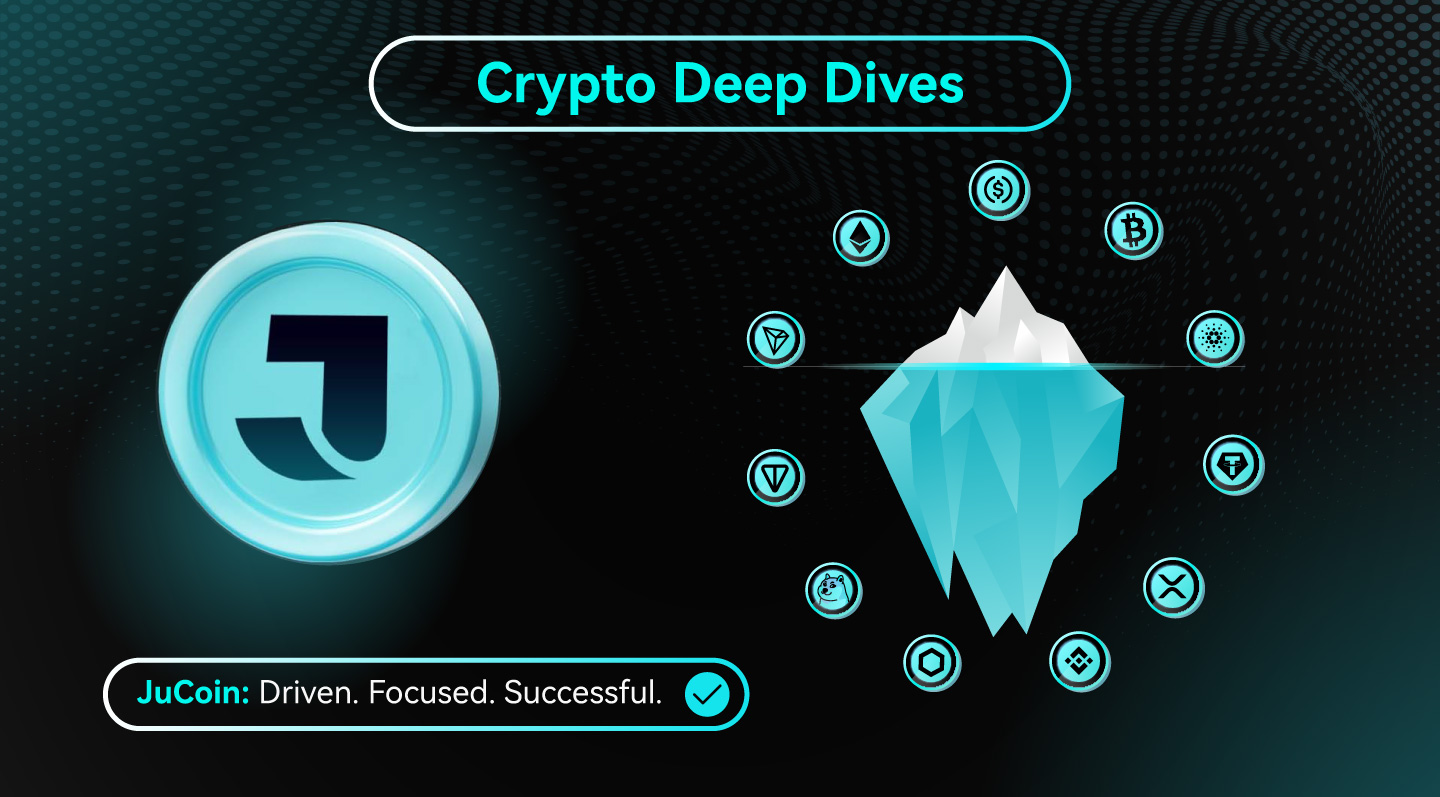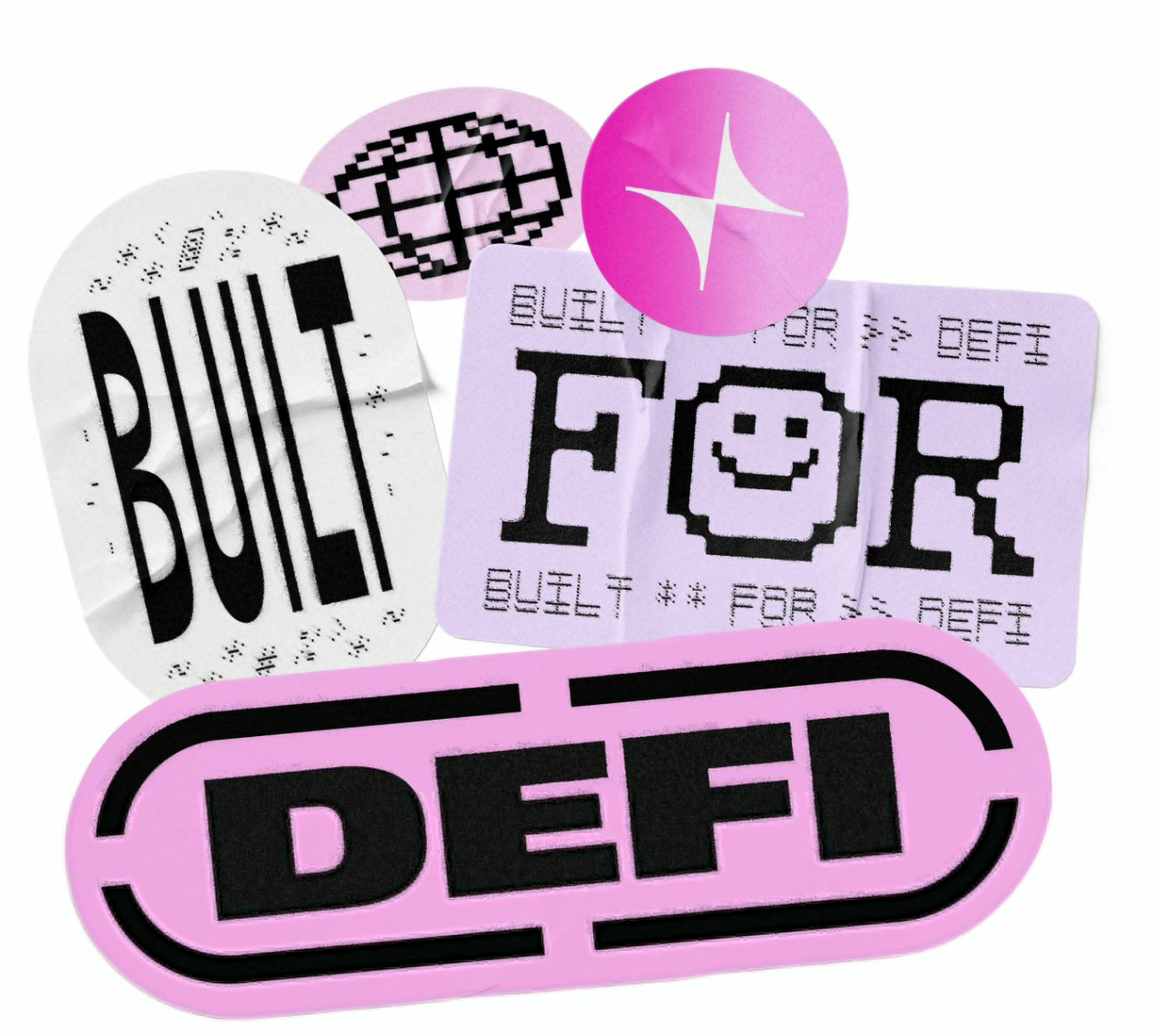
Key Takeaways: Unichain DeFi Hub in Focus
- Unichain DeFi Hub marks Uniswap’s transformation from a leading DeFi protocol into a dedicated Layer 2 blockchain, designed to address the biggest pain points in decentralized finance.
- Built on the OP Stack and aligned with Ethereum’s rollup-centric roadmap, the Unichain DeFi Hub leverages innovations like Flashblocks, trusted execution environments, and a UNI-based decentralized validation network.
- The Unichain DeFi Hub brings unified cross-chain liquidity, up to 95% lower costs, fairer MEV handling, and seamless interoperability for DeFi builders and users.
- UNI gains new utility as a staking asset for Unichain DeFi Hub validation, creating fresh incentives and value capture for token holders.
- Unichain DeFi Hub’s launch signals a new era where core DeFi infrastructure evolves from protocol to full blockchain, amplifying Ethereum’s modular vision and rollup strategy.
This Crypto Deep Dives article discusses the Unichain DeFi Hub, exploring its role as a new foundation for cross-chain liquidity, MEV innovation, and Ethereum Layer 2 scaling. Covering Unichain’s latest technical updates, UNI token utility, cross-chain interoperability, and roadmap, the piece explains why Unichain DeFi Hub is set to be a game-changer for decentralized finance.
Introduction: Why Unichain DeFi Hub Matters
Uniswap’s launch of Unichain is more than just another Layer 2—it’s a strategic leap that positions Uniswap at the very foundation of decentralized finance, evolving it from a protocol to a full-featured blockchain built specifically for DeFi. While earlier Layer 2s like Arbitrum and Optimism advanced Ethereum scaling, Unichain is the first L2 created by the very DeFi protocol that defined the space. It directly addresses the persistent barriers as DeFi hits mainstream adoption: high costs, MEV, and fragmented liquidity.

Unichain DeFi Hub: Strategic Significance and Protocol-to-Chain Evolution
Unlike dYdX’s move to Cosmos or MakerDAO’s exploration of Solana, Unichain stays rooted in Ethereum’s rollup-centric scaling. Built on the OP Stack, the Unichain delivers modularity, composability, and instant EVM compatibility. Unichain aims to do more than facilitate swaps; it seeks to be the foundational layer for the next era of DeFi infrastructure and composable applications, drawing liquidity and innovation back into Ethereum.
Solving DeFi’s Challenges: Unichain DeFi Hub’s Core Objectives
- Gas Cost Reduction: With rollup architecture and efficient execution, Unichain can cut transaction costs by up to 95%, making DeFi accessible to everyone, even during peak demand.
- Fairer MEV Management: The Unichain DeFi Hub introduces a priority-based MEV extraction model, allowing applications to internalize MEV and keep value within the ecosystem, reducing predatory behavior and aligning incentives.
- Unified Cross-Chain Liquidity: As the central liquidity hub for the Optimism Superchain, Unichain leverages standards like ERC-7683 to enable native, one-click cross-chain swaps—unlocking deeper, more unified liquidity pools across rollups.
Technical Innovations Behind Unichain DeFi Hub
- Flashblocks & Real-Time Execution: Unichain DeFi Hub’s block-building, developed with Flashbots, uses “Flashblocks” for sub-second pre-confirmations and near-instant trade finality, crucial for preventing sandwich attacks, slippage, and arbitrage exploitation in DeFi markets.
- Trusted Execution Environments (TEEs): TEEs enforce fair transaction ordering and MEV redistribution within a secure, hardware-protected environment, bringing transparency and reliability to the Unichain.
- Priority Ordering & MEV Tax: With priority ordering, dApps can set MEV tax rules, channeling value back to users or protocols, and ensuring predictable, fair execution.
- UNI-Based Decentralized Validation: Security and fast finality on the Unichain come from a validator network staked by UNI tokens, mirroring EigenLayer’s AVS model and boosting economic security for both Unichain and Ethereum.
- Cross-Chain UX with ERC-7683: By adopting ERC-7683, Unichain standardizes cross-chain swaps and transactions, enabling a “one-click” DeFi experience and removing barriers for users.
Strategic Impact of Unichain DeFi Hub: DeFi, Ethereum, and UNI
- For DeFi: Unichain could become the go-to home for DeFi dApps, with lower costs, faster execution, and better MEV management. Native integrations, new MEV tax revenue, and unified liquidity can supercharge DeFi growth.
- For Ethereum Scaling: Unichain reinforces Ethereum’s rollup future, bringing DeFi infrastructure onto Layer 2 and boosting security with UNI staking and Superchain interoperability.
- For UNI Holders: UNI now serves as a core staking asset for validation, driving demand, boosting rewards, and providing tangible value for token holders in the Unichain ecosystem.
Latest Updates: Unichain DeFi Hub Roadmap and Ecosystem Launch
Unichain DeFi Hub was officially unveiled by Uniswap Labs at EthCC Paris, with its testnet expected in Q3 2025 and mainnet launch targeted for late 2025. The project is collaborating with the Optimism team, Flashbots, and core DeFi infrastructure partners for secure, rapid development.
- Early partners include major DeFi protocols, cross-chain swap projects, and top market makers.
- UNI staking contracts and validator documentation will launch with the testnet.
- Confirmed support for ERC-7683, Optimism Bedrock upgrades, and new governance proposals for UNI holders.
- Watch for rapid ecosystem expansion as more protocols launch on the Unichain Layer 2.
The Future: Will Unichain DeFi Hub Redefine Decentralized Finance?
Unichain DeFi Hub represents a pivotal moment for Uniswap and Ethereum. By transforming from protocol to blockchain, addressing DeFi’s toughest challenges, and unlocking new value for UNI holders, Unichain could be the blueprint for the next generation of decentralized finance. As UNI powers both validation and governance, and as liquidity and innovation converge on this new Layer 2, the DeFi world may be on the verge of its next big leap.






